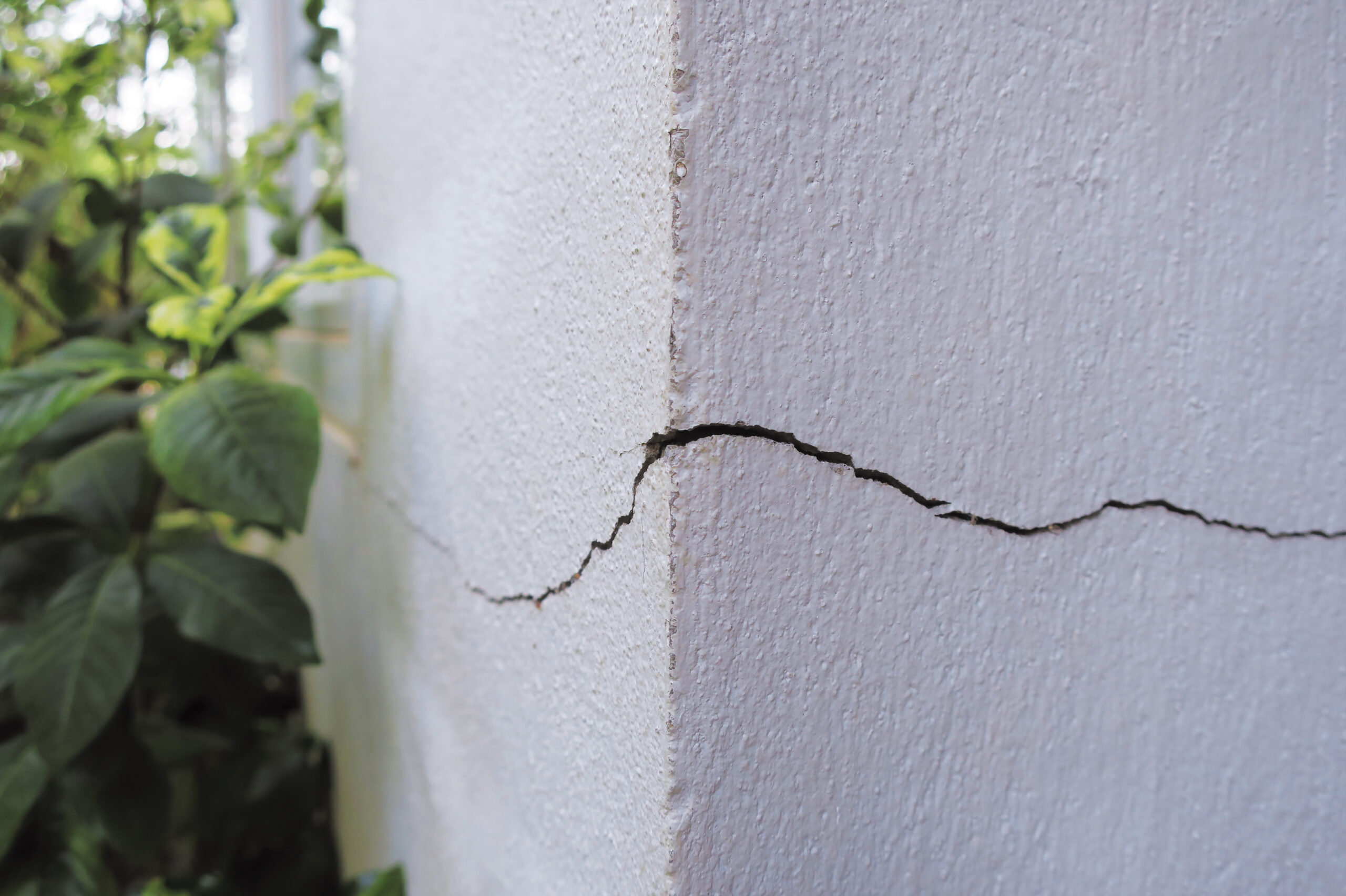Seeing a crack in the foundation of your home in Goldsboro, NC, or a surrounding area may feel like a punch to the gut. Your mind immediately races to worst-case scenarios and big repair bills. However, having a better understanding of the typical foundation repair timeline can give you back a sense of control over your home’s health.
Most foundation issues don’t happen overnight. They follow a predictable path from a tiny crack to a major problem. Knowing this helps you understand the urgency and what to expect from the repair process.
Spotting Foundation Cracks
Trouble usually starts with a simple foundation crack. It might seem like nothing, but it’s your home’s first signal that something is off. This is the very beginning of the repair timeline for many foundation problems.
Ignoring these early warnings is how small fixes turn into massive projects that require a professional foundation company. Catching issues early can save you from future stress and expense. You just have to know what you are looking for, such as wall cracks or sticking doors.
What Different Cracks Mean
Not all cracks are created equal. Some are minor signs of normal settling, while others point to significant structural damage. Knowing the difference is a huge advantage for any homeowner.
- Hairline cracks: These are super-thin lines that can appear as a concrete slab cures. You should monitor them, but they are not usually a major threat to your structural integrity.
- Horizontal cracks: These are the most serious. They often point to intense pressure pushing against your foundation walls from surrounding soil conditions, also known as hydrostatic pressure.
- Stair-step cracks: These follow the pattern of your blocks or bricks in a zigzag pattern. They’re a clear sign of uneven foundation settlement.
- Vertical cracks: These run up and down your foundation wall. They often come from foundation settlement as the soil beneath your home shifts.
Each crack tells a piece of the story about what your foundation is going through. If you notice horizontal cracks, you may also see bowing walls, which require immediate attention from a local foundation repair expert.
Early Fixes Can Save You a Headache
Catching cracks early means the fix is often simple and less invasive. For many cracks, an epoxy or urethane injection is all that is needed for a successful foundation crack repair. This foundation repair method seals the crack from the inside to keep water and pests out.
These simple repairs are much less involved than what comes later. For minor bowing, carbon fiber straps can be applied to the interior foundation wall. These fiber straps provide incredible strength and prevent the bowing from getting worse.
Stage Two: When Stabilization Becomes Necessary
What happens if those early foundation cracks are ignored? The problem gets worse, leading to more obvious signs of trouble around your home. At this point, you’ve likely missed the window for simple repairs.
You might notice sticking doors that won’t close properly or uneven floors that have begun to sag. You might also spot sloping floors or a leaning chimney. These are all signals that your home’s supports are weakening due to ongoing foundation damage.
At this stage, you’ve moved past crack repair. Your home needs foundation stabilization to stop the damage from spreading further. This is a critical middle stage in the foundation repair process.
Restoring Your Home’s Strength
Foundation stabilization focuses on reinforcing your home’s support system. We do this by strengthening key structures in your crawl space or basement. Think of it as giving your home a stronger backbone to combat structural instability.
If you have sagging floors because floor joists are rotting, we can install new sister joists right next to them to handle the load. If a main support girder is failing, we can add a new one alongside it for more support. Sometimes the concrete piers holding up the girders are the problem, and we can install supplemental supports to keep your home stable.
For a bowing wall, the repair solutions become more involved. A professional crawl space and foundation contractor might install helical tiebacks. These anchors are screwed horizontally through the foundation wall into stable soil outside, pulling the wall back and securing it.
Stage Three: Addressing Major Foundation Damage
If signs of instability are also missed, the problems will continue to grow into the final and most serious stage. A full foundation repair becomes your only option. This is where you see major shifts in the home’s structure.
You might notice dramatically sloped floors, floor cracks spreading across a room, or wide cracks in your drywall. Ignoring the problem has now made it much bigger and more expensive to fix. These complex repairs often require excavation around your home.
Advanced Repair Methods for Severe Damage
A complete foundation repair is needed when the home is seriously compromised, often because of major soil erosion or poor soil conditions. The ground itself is no longer stable enough to support the structure. This is where a pier foundation repair system is often the best solution.
For serious sinking and foundation settlement, we often use a powerful pier system of steel push piers or helical piers. A push pier is driven deep into the ground until it hits stable soil, and then the weight of the home is transferred to the pier. Helical piers are screwed into the ground like a corkscrew, providing excellent support in various soil types.
The pier installation process lifts and supports the weight of your home, correcting the underlying foundation problem for good. After pouring concrete to fill any excavated areas, the foundation work is complete. An expert foundation contractor can determine which pier type is right for your home.
Factors That Affect the Repair Timeline
Several factors can affect how long your repair project will take. A simple crack repair might be done in a few hours. However, major foundation work involving pier installation can take several days.
The complexity of the repair is the biggest factor. Minor crack injections are fast, but projects that require excavation and heavy equipment take longer. The local permitting requirements in your service area can also add days or weeks to the repair time before any work can begin.
Weather can also cause delays, especially for exterior foundation work. Finally, the schedule of your chosen repair contractor plays a role. Good contractors are often busy, so it is best to schedule a foundation inspection as soon as you suspect a problem.
Final Thoughts
Your home’s foundation health follows a clear path from small issues to severe damage. A minor crack left alone can lead to bowed walls, and eventually, the need for a major overhaul with helical piers or push piers. Acting early on the foundation repair timeline will always be your cheapest and least stressful option.
Don’t wait for floor cracks and sagging floors to appear before you take action. Being proactive is the best way to protect your biggest investment. If you see signs of trouble, contact a local foundation professional for a thorough assessment and effective repair solutions.


